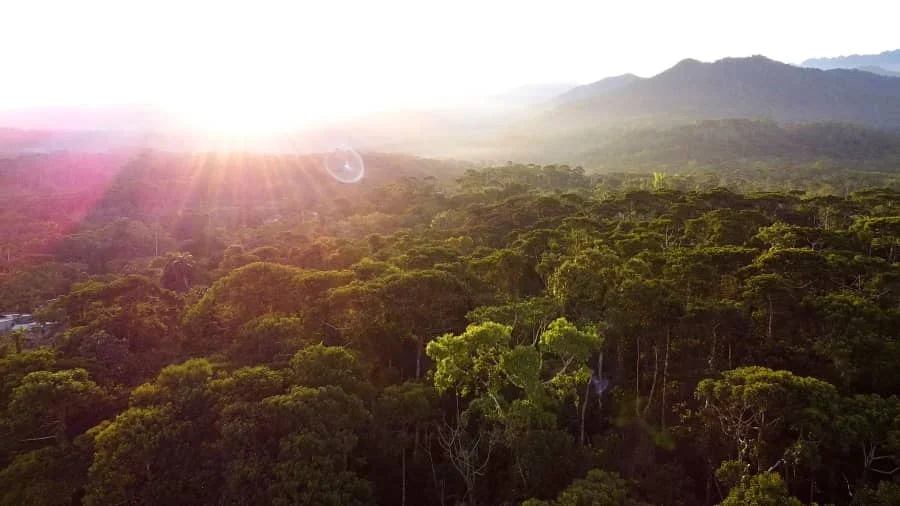To make nature financing more equitable, we must understand how NCS credits are used
This blog was authored by Julia Ilhardt, former High Meadows Fellow, Global Climate Cooperation. It was originally published on EDF’s Climate411 blog channel. Read the full post here.
At the end of last year, 196 nations agreed to the historic Global Biodiversity Framework, which includes the goal to protect 30% of land and sea area by 2030. Still, nature is woefully underfinanced, with investments in nature-based solutions needing to double to USD 384 billion per year by 2025, according to UNEP.
Using crediting to incorporate natural climate solutions (NCS) into carbon markets is one way to generate significant finance for nature while cutting emissions, and it’s gaining public and private sector attention. However, both producing and using credits raises important equity considerations. A new paper from EDF focuses on the issues around use, including how credits may impact the communities surrounding polluting facilities. This blog lays out the framing, key issues, and potential solutions, with more detailed analysis available in the paper.
To understand equity, ask the right questions
Achieving environmental equity means ensuring that both the processes and outcomes associated with policy decisions are fair and just. Environmental benefits and burdens must be balanced. Everyone is entitled to a healthy ecosystem.
Across academic and civil society literature, environmental equity is often framed along three dimensions: recognitional, procedural, and distributional equity. The graphic below defines these dimensions of equity and provides examples of questions that carbon market stakeholders should ask when designing and implementing crediting programs.
In the context of NCS crediting, equity questions arise on both the demand and supply side. On supply, issues include the rights and priorities of communities generating credits, benefit sharing arrangements, and stakeholder consultation processes. On demand, these include the impacts of credit use on local co-pollutants, disparities in environmental burdens, and the distribution of benefits.
In some cases, supply and demand considerations may come into tension, for instance when credit usage could exacerbate a community’s air pollution on the demand side but support local livelihoods on the supply side.
Though equity should ultimately be considered holistically, this paper focuses specifically on demand, digging into the details and evidence around the use of NCS credits. EDF’s forthcoming NCS Crediting Handbook will include a chapter on supply side issues, including a section on safeguards for people and the environment.
Read the full post here.
The NCS Crediting Handbook will explore other components of equity and integrity, including questions around the generation and transaction of credits. Visit our NCS Crediting Handbook and Briefing Series page for upcoming briefs, and to get the latest on our work in the NCS crediting space. This and other research are also part of EDF’s Economics Discussion Paper Series.













